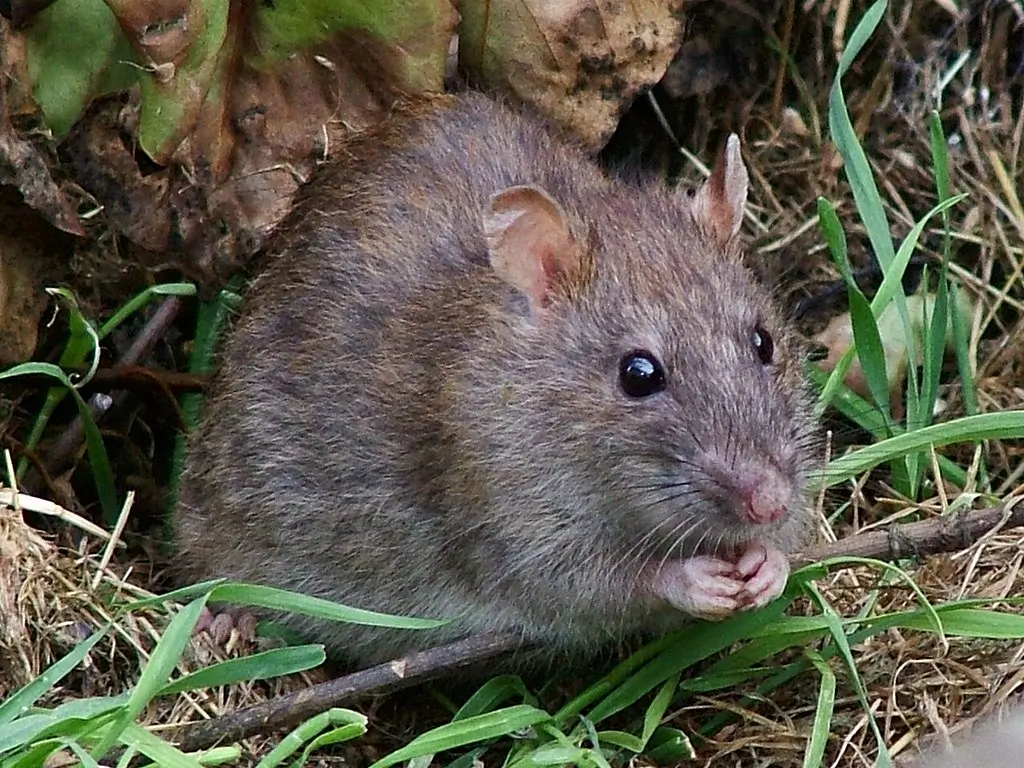Introduction

Rodents are a group of mammals known for their constant need to gnaw, making effective rodent control essential in managing these pests. The word “rodent” comes from the Latin verb rodere, meaning “to gnaw.” This gnawing behavior is crucial for rodents, as their continuously growing incisor teeth must be worn down to prevent overgrowth and potential injury. Rodents, including species like the Norway rat and house mouse, are notorious for causing structural damage by chewing through car wiring, drywall, and even soda lines in restaurants. Additionally, they are known carriers of various diseases, posing significant health risks in homes and businesses. Implementing effective rodent control measures is vital to protecting your property and ensuring a safe environment.
Common Species of Rodents
In pest control, three rodent species are the most common nuisances. These include:
| Rodent Species | Scientific Name | Common Names |
|---|---|---|
| Norway Rat | Rattus norvegicus | Barn rat, sewer rat, brown rat, wharf rat |
| Roof Rat | Rattus rattus | Tree rat, black rat, ship rat |
| House Mouse | Mus musculus | Field mouse, house mouse |
Norway Rat (Rattus norvegicus)
Also known as the barn rat, house rat, sewer rat, wharf rat, brown rat, or burrowing rat, the Norway rat is one of the most common rodents. These rats are large and adaptable, often living in close proximity to human dwellings, particularly in basements, sewers, or burrows.
Roof Rat (Rattus rattus)
Known by names such as the roof rat, tree rat, climbing rat, ship rat, black rat, or gray rat, the roof rat prefers elevated areas like attics and rafters. These rats are skilled climbers and often create nests in trees, garages, or upper parts of buildings.
House Mouse (Mus musculus)
The house mouse is a small but persistent pest frequently found in homes and commercial structures. Despite its small size, it can cause significant damage by chewing through wires, contaminating food, and nesting in hidden areas.
Each of these species poses its own set of challenges, making early identification crucial for effective pest control.
Signs of a Rodents Infesting
Detecting rodent infestations early can help prevent extensive damage. Some common signs of a rodent problem include:
- Droppings: Rodents leave fecal matter wherever they travel. Mouse droppings resemble black rice grains, while rat droppings are larger and look more like black barley.
- Gnaw Marks: You may notice chewed materials, including wood, plastic, and wiring.
- Sounds: Scratching, gnawing, or squeaking noises in walls or ceilings, especially at night, indicate rodent activity.
- Odors: A strong musky smell from rodent urine, especially in males, is a sign of infestation.
- Burrows: In void spaces like attics or wall cavities, you might find droppings and burrows.
Prevention and Control Tips for Rodents
Effective rodent control involves a combination of inspection, sanitation, exclusion, and trapping. Here are some general tips:
Set Traps
To effectively manage a rodent problem, place snap traps or bait stations along known rodent runways. It’s essential to consult with the property owner regarding bait preferences to ensure the traps are effective and safe.
Sanitize
A clean environment is less attractive to rodents. Remove food sources and clutter from areas where rodents are likely to thrive. This not only helps deter them but also makes it easier to spot signs of activity.
Use Bait Stations
For effective rodent control, place bait stations every 30 feet for rats. Additionally, for roof rats, consider placing bait stations in elevated areas like beams, as they prefer higher locations for nesting.
Regular Monitoring
Continuous monitoring is vital for effective rodent management. Regularly check traps and bait stations for signs of activity, and adjust placements based on observed rodent behavior. This proactive approach helps ensure that any rodent presence is addressed quickly and effectively.
Conclusion
Rodents pose significant health and structural risks to homes and businesses. By understanding the different species, recognizing signs of infestation, and implementing an integrated pest management approach, you can effectively control and prevent rodent problems. For severe infestations, contacting professional pest control services is the most reliable solution. For more detailed guidance on effective rodent control methods, check out this resource from the US Centers for Disease Control and Prevention (CDC).
